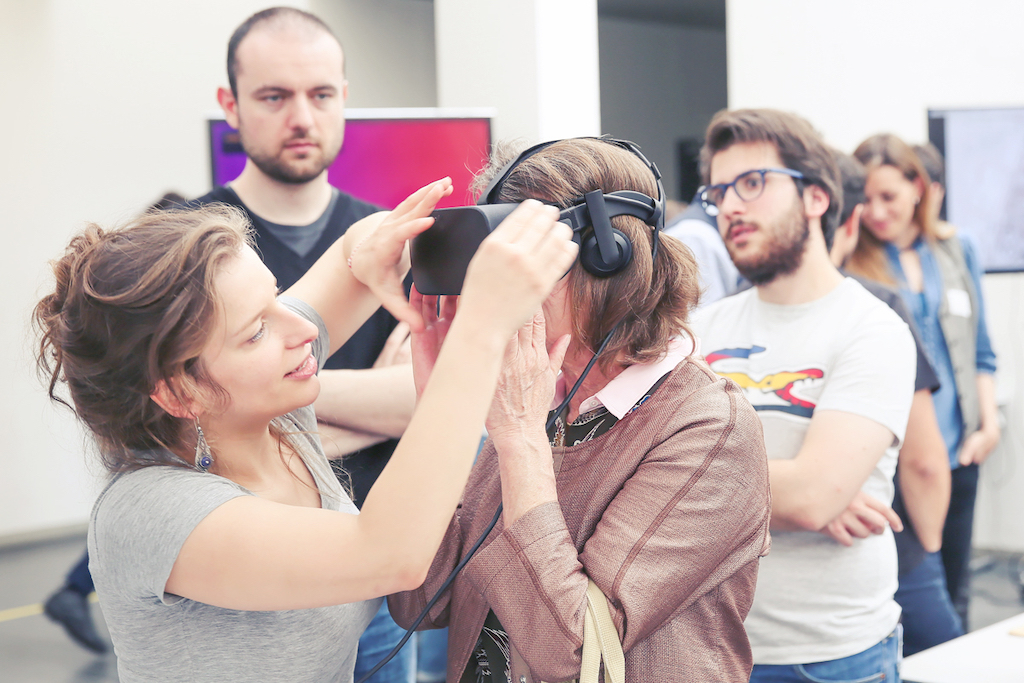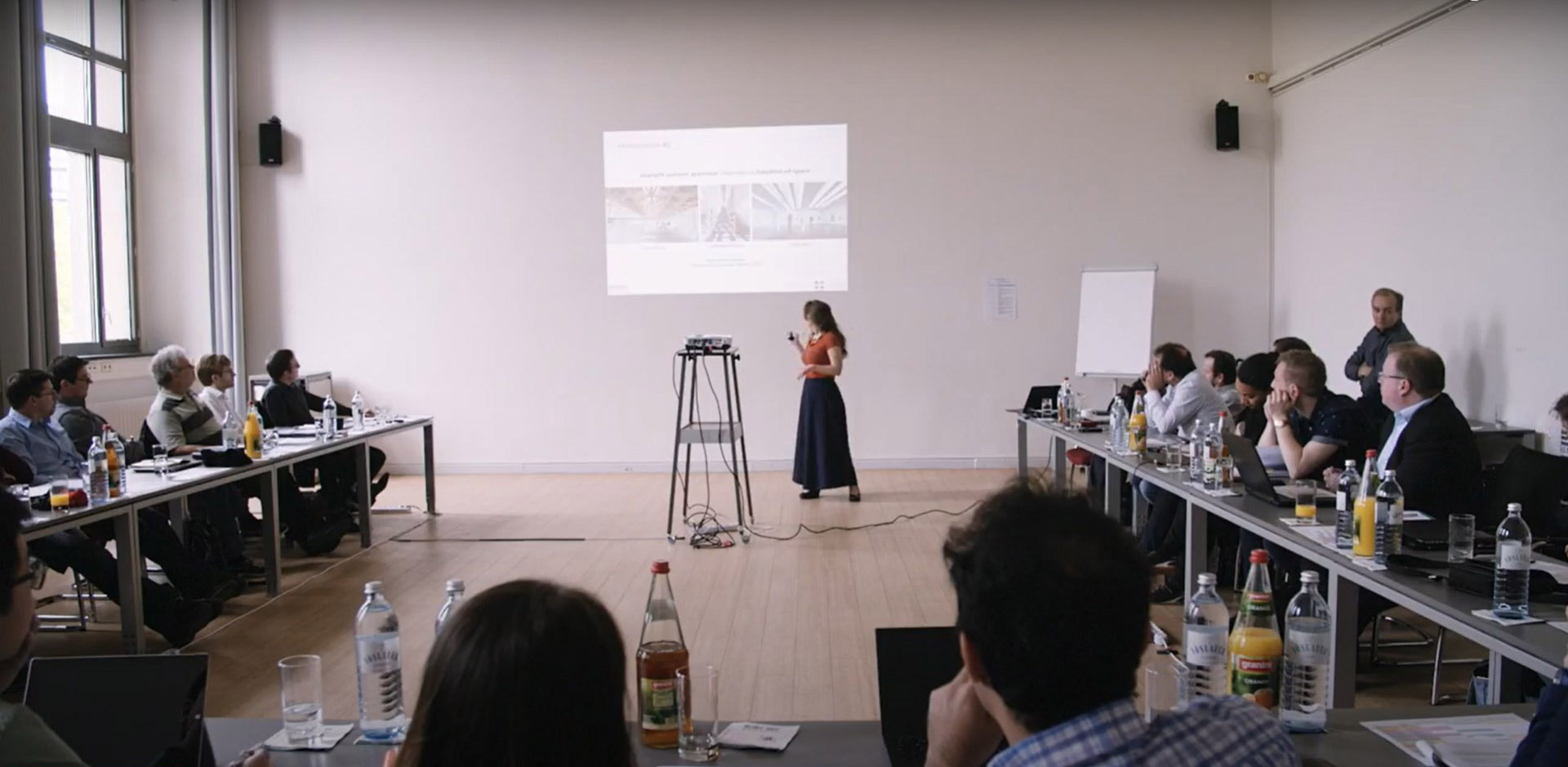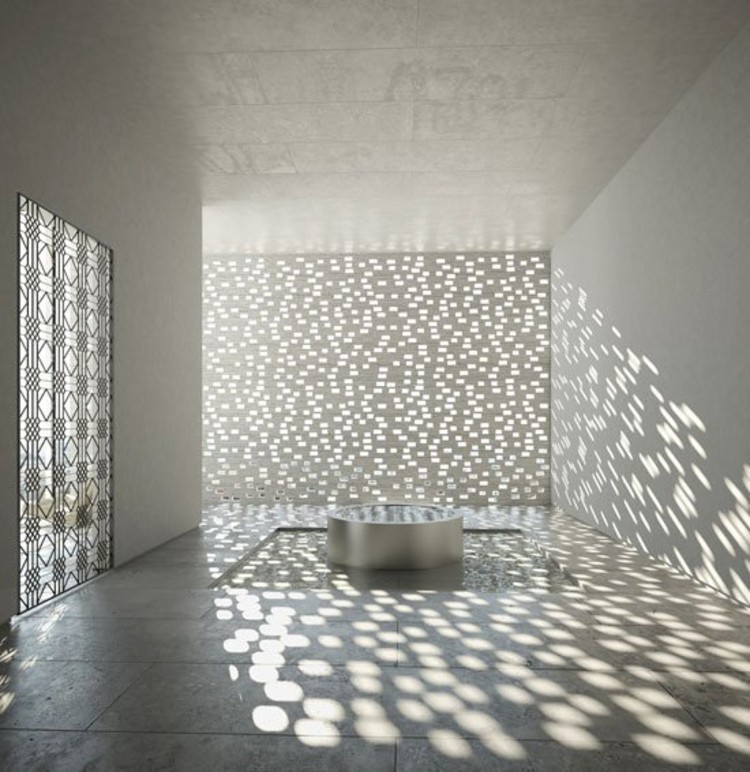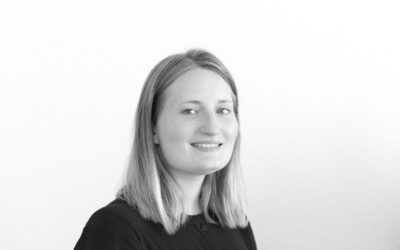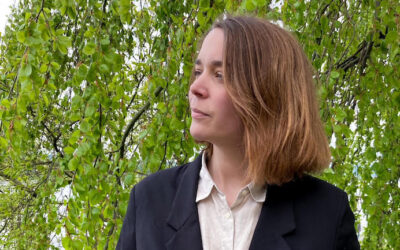The Daylight Award Community
Kynthia Chamilothori
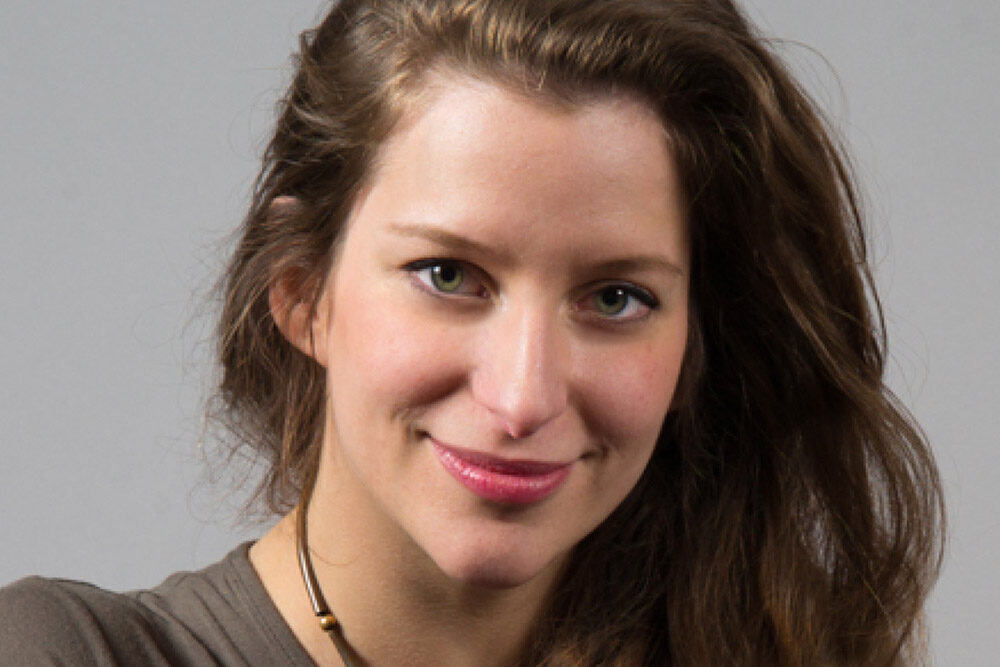
FEATURE
What does daylight mean to you?
For me (and I am sure for many others!), daylight is a source of joy and life. This delightful aspect of light, especially as it interacts with architecture and with nature, is what I am trying to capture in my scientific work.
How did your interest in the subject rise?
I studied architectural engineering at the Technical University of Crete, in Greece, and towards the end of my studies I developed a kinetic shading system that used smart materials to respond to temperature with my colleague Antigone Kampitaki. Around that time, I realized that I was much more fascinated by how people responded to the light patterns created by a shading system rather than by the shading system itself. I ended up doing a PhD on that topic at the LIPID group of the École polytechnique fédérale de Lausanne (EPFL), and after that I joined the Human-Technology Interaction group of the Eindhoven University of Technology (TU/e) as an Assistant Professor, continuing in the same line of research on how light influences human experience.
How do you work with daylight in your research?
In my research, daylight is either the topic of study itself, for example when investigating the emotional or physiological responses of people towards different light patterns or different sky conditions, or the core inspiration for the topic of study, for example when examining whether certain aspects of daylight and their beneficial effects can be translated into artificial lighting. Another important part of my work regards testing how different technologies, such as virtual reality, can be used as research tools to increase experimental control and facilitate study replication when investigating the perception of daylit spaces.
Which project/publication describes your work the best?
A representative piece of work is a recent two-part publication of a study conducted in a collaboration between the LIPID group of the École polytechnique fédérale de Lausanne (EPFL) and the Light & Colour Centre of the Norwegian University of Science and Technology (NTNU). In this work, we examined the experience of different façade designs and window sizes across Europe (in Greece, Switzerland, and Norway) through a set of experiments conducted in virtual reality. We found that both façade designs and window size variations changed the impressions of the space, rendering the same room more pleasant, interesting, or bright, and also found some evidence for differences in the experience of participants between the different countries.
Chamilothori, K., Wienold, J., Moscoso, C., Matusiak, B., & Andersen, M. (2022). Regional Differences in the Perception of Daylit Scenes across Europe Using Virtual Reality. Part II: Effects of Façade and Daylight Pattern Geometry. LEUKOS, 1-25.
According to you, what is the most important focus for the future?
In my view, it is crucial that the research community continues to uncover the visual and non-visual effects of light on people, and the interactions between the two, and that this scientific knowledge informs future architecture, lighting design, and legislation.
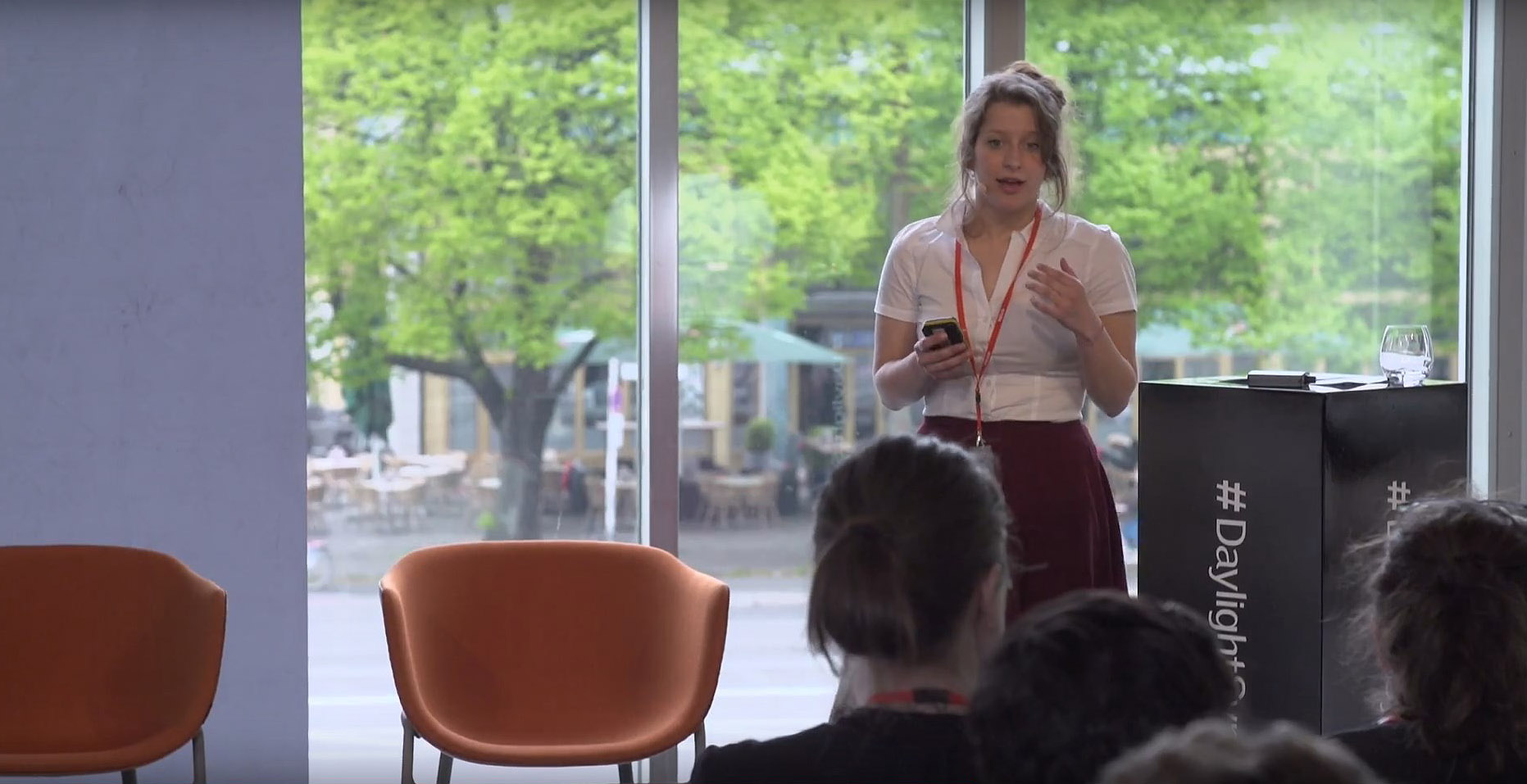
Since 2015, when I started my PhD studies, I have been fascinated with how the composition of light can change our experience of a space, and potentially even influence our wellbeing. A particular work of architecture that inspired my first experiments on how the façade and light patterns can change an occupants’ experience is the 486 Mina El Hosn “Mirror tower” by LAN Architecture, which had a perforated building skin that created rich and complicated daylight patterns in the room.
Chamilothori, K., Wienold, J., & Andersen, M. (2019). Adequacy of immersive virtual reality for the perception of daylit spaces: comparison of real and virtual environments. LEUKOS, 15(2-3), 203-226. https://doi.org/10.1080/15502724.2017.1404918
Chamilothori, K., Chinazzo, G., Rodrigues, J., Dan-Glauser, E. S., Wienold, J., & Andersen, M. (2019). Subjective and physiological responses to façade and sunlight pattern geometry in virtual reality. Building and Environment, 150, 144-155. https://doi.org/10.1016/j.buildenv.2019.01.009
Moscoso, C., Chamilothori, K., Wienold, J., Andersen, M., & Matusiak, B. (2021). Regional differences in the perception of daylit scenes across Europe using virtual reality. Part I: effects of window size. LEUKOS, 1-22. https://doi.org/10.1080/15502724.2021.1999257
Chamilothori, K., Wienold, J., Moscoso, C., Matusiak, B., & Andersen, M. (2022). Regional Differences in the Perception of Daylit Scenes across Europe Using Virtual Reality. Part II: Effects of Façade and Daylight Pattern Geometry. LEUKOS, 1-25. https://doi.org/10.1080/15502724.2020.1854779

